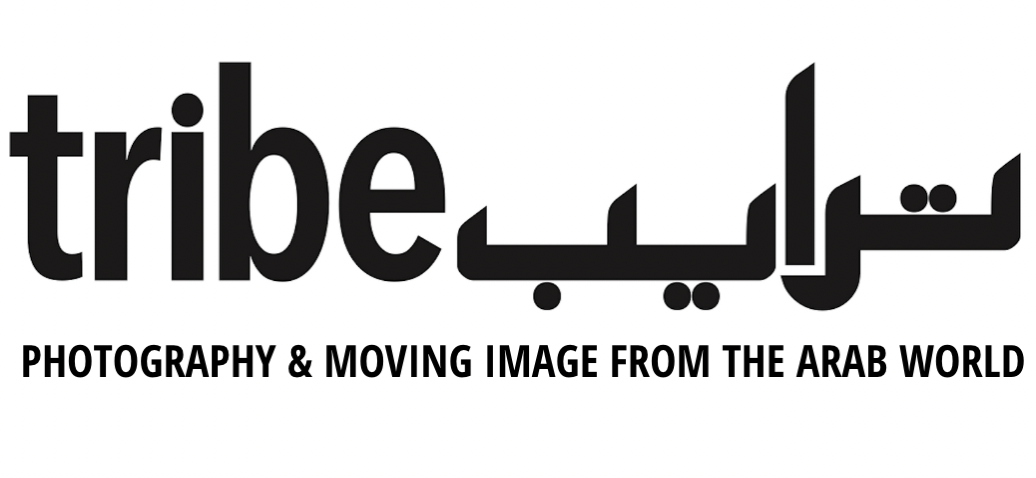Camille Zakharia: The World of Collage
Visual geometries of home and displacement
Camille Zakharia, Spring 3, from the series Spring (2014), Photocollage on paper. Courtesy of the artist and Cuadro Gallery.
With text by Barbara Lounder, artist and educator.
Since its very origin, collage has appeared as an art of crisis that has entertained a deep relationship with traumas and violations. There is something basic in collage, something almost guttural and visceral that immediately connects it with rupture and intervention. It is this sense of urgency that ricochets all through the twentieth century, with collage and its symbolic collisions resurfacing almost systematically at every new resurgence of collective panic and social change. That's wy collage has gathered a new momentum in the first decade of this century. 1
In his beautiful and compelling collage works, artist Camille Zakharia systematically takes his world apart and then carefully puts it back together. He does this metaphorically, of course, by manipulating images, colors and geometric patterns taken from photographs he makes of friends, family members, domestic interiors and landscapes.
The word collage is both a verb and a noun, and has its roots in the French Cole, meaning glue (or coller, to glue). Before gluing, however, come the acts of finding the elements to be cut out, and excising them. Collage begins with rupture; from Pablo Picasso and Georges Braque cutting up chair caning, newspapers and playbills for their collages of 1912, to the subversive Dada photomontages of Hannah Höch and Raoul Hausmann a few years later. For decades now, Zakharia has employed his camera to chronicle his life as a Lebanese-born, peripatetic artist and engineer, and it is these personal images that are the raw material for excisions and recombinations.
Central to collage as an intervention in meaning is the use of juxtaposition in putting things back together. Unlikely and unsettling collisions can bring poetry, wit and critique, also introducing new formal approaches to shame, ornament and pattern. Zakharia explores this within his unique narrative language. In his 1998 work The Day Sulaf Landed for example, the female subject is shown in an aerial view against an ornate carpet, with elements from a Canadian winter streetscape forming the horizon. Just as the cultural and spatial perspectives are multiple, the view moves back and forth between proximity, the distant landscape, domestic interior and snowy streetscape, in a loose story of home, displacement, the intimate and the unsettled.
Collage came into existence during the Modern and Post Modern eras of Western capitalism, mass production and global communication. Its power to critique consumer culture as seen in Kurt Schwitters' Merz works, and in photomontages by contemporary artists such as Martha Rosler, Collage practices today include digital tools and media, often relying on ubiquitous images that can be downloaded from the internet, appropriated and altered at will. Zakharia is precise and discerning in his approach. His collages reassemble his own images in the service of a sophisticated, reworked language of pattern and order. This abstract approach is apparent in earlier works such as Out Then from 1992, where fragments cut from airmail envelopes wordlessly communicate themes of distance and disrupted communication. In Zakharia's most recent and highly abstract works, such as Shifting Boundaries 4, 6, and 9, gridded mirroring, half-drops and other two dimensional repeat structures create complex visual surfaces. These become metaphors for the dizzying cultural and social shifts we now experience, the tumultuous upheavals of global politics, and Zakharia's own multifaceted identity. In these geometric, thoughtful works, there is a celebration of pattern, texture and color, and of the quiet labour required in making things by hand. These qualities temper the essential violence that underlies collage as a twenty-first century "art of crisis", embodying a more enduring quality of harmony.
1. P.12, It's Not the Glue that Makes the Collage, by Massimiliano Gioni, in Collage: The Unmonumental Picture, The New Museum, NYC, 2007


